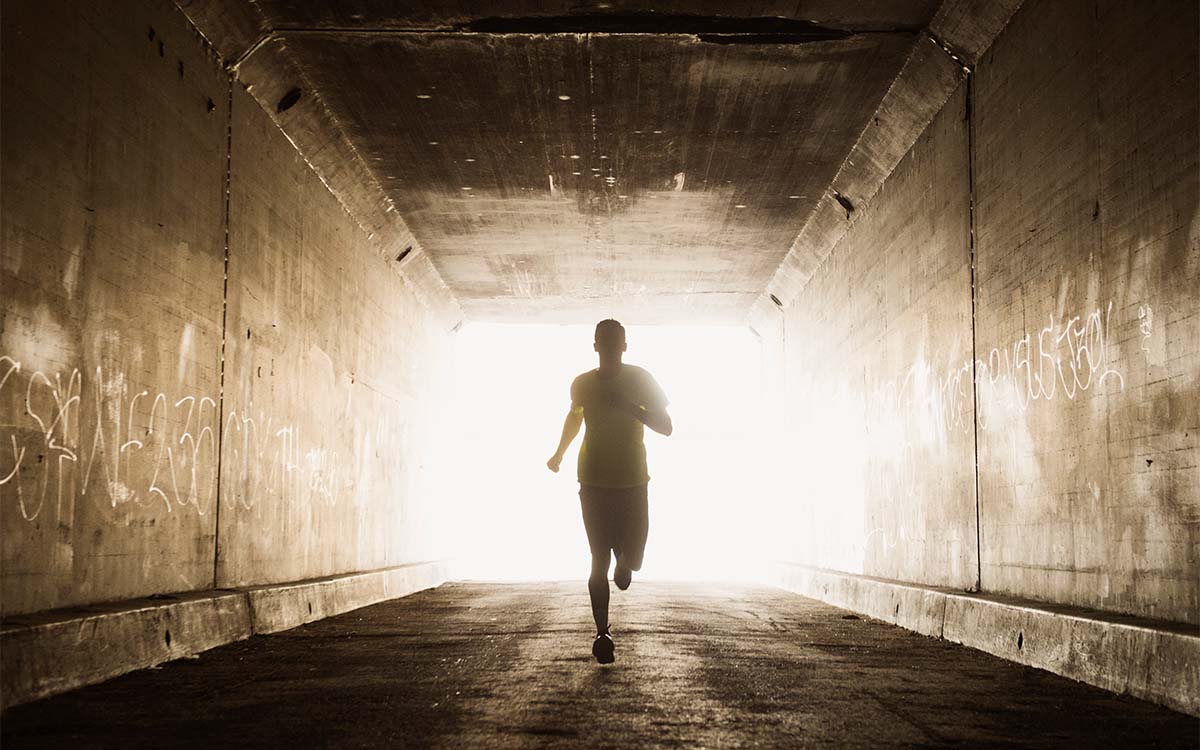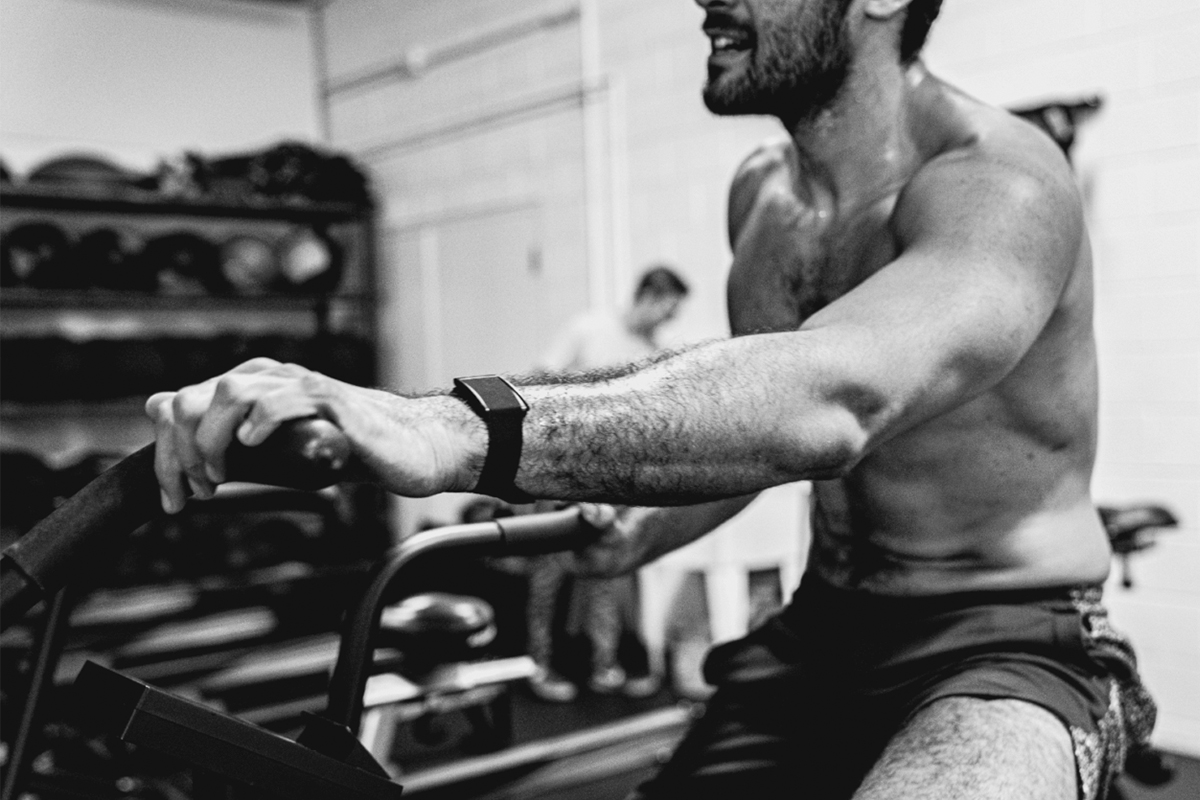Whenever people find out I run marathons (and other distances) for a living, they love to grill me about my training. How many miles a week do you run? What do you think about during all those miles? What’s your standard long run? Favorite workout? Best mile time? Next race?
These questions rarely get at the not-so-sparkly moments in between my runs. Understandably so — my stretching routine isn’t nearly as sexy as my triple-digit weeks or my “secret” to running 5:19 pace for 13.1 miles. And my soft-tissue massages and afternoon naps aren’t exactly inspiring anyone to lace up and get after it. But in a career like mine, which rewards consistency, meticulousness and a high tolerance for the mundane, those little things add up to big things, which allow me to train hard month after month, year after year.
I’m 32 now and have been running for nearly three-quarters of my life. I crossed my first finish line at age nine, mistook myself for a sprinter and hurdler for a good six years, then finally, as a high school junior, made the leap to longer distances. The switch worked out; I ran cross-country and track at Rice University, worked my way up to NCAA Division I All-American status and U.S. Olympic Trials qualifiers, and have since been carving out a career as a long-distance road racer. Naturally, the way I train and recover changes at every stage. What doesn’t fluctuate is the seriousness with which I take the 20-22 hours a day that I’m away from the trails, tracks and roads.
Here are six things I currently do to try to keep my body fine-tuned and strong enough to withstand 100-plus mileage weeks. Not all of them are right for everyone, and none of them are guaranteed to keep you (or me!) out of an MRI machine, walking boot, or operating room. In any sport — and running especially — breakdowns are an inevitable (and dreaded) part of the process. These are my best attempts at minimizing them.
Fuel the fire
Besides the whole running part, the single most important thing I do as a runner is eat. It’s easy to overcomplicate nutrition (and plenty of people do), but I prefer a simpler approach: eat frequently, eat abundantly, and eat a variety. If I needed to, I could live off of these staples: oats, peanut butter, bananas, bread, eggs, avocadoes, sweet potatoes, chicken, beef, carrots, apples, broccoli, Brussels sprouts, milk, salmon, yogurt, rice and berries. Fortunately, I don’t have to, so I purposely follow recipes that require new-to-me ingredients and order menu items with foods I don’t often cook with. You’ll probably be glad to hear that wine, ice cream, and cookies also make an appearance at least weekly. Energy is energy, and a happy runner is a fast runner.
There’s a process
One unavoidable consequence of high mileage is that creaky joints, achy muscles and stiff-everything become morning mainstays. I spend five to fifteen minutes getting my body loose before stepping out the door for easy runs, and up to a full half hour doing a dynamic warmup before every hard workout and race (right after a few miles of jogging). My non-negotiables are: lunges in three directions, forward and side leg swings, hip flexor stretches, all sorts of running drills, and a few exercises that torch my booty just enough to get it firing. That routine primes my body to run hard right out of the gate, and my mind to get its A-game ready.
Forty winks
I’ve never been a good nighttime sleeper, but afternoon napping is a different story. I’m fortunate to have a schedule that allows for midday siestas, so I build them in just about every day, usually around 1:30 p.m. when my belly is full and eyelids are heavy. Thirty to 60 minutes of snoozing — or just lounging with a good book — energizes me for a second training session, and makes those 4 a.m. wake-ups a little more bearable.
I realize that many people don’t have the luxury of dipping out of work or family obligations for an hour every day. You’ll be glad to know there are other ways to net similar benefits: take a leisurely stroll, unplug for a meditation session, kick your legs up for a bit, or do a little yoga (in person, online, or on your own). As the legendary marathoner Deena Kastor once told me: “There’s no such thing as overtraining, just under-resting.”
Active isolated stretching
The consensus on stretching is a moving target. First stretching was good, then it was the worst, and now it seems that some stretching is appropriate when done just so. Here’s my take: other than a few hip flexor stretches I’ve been doing since I had major hip surgery in college, I go through a gentle stretching routine a few nights a week. It takes about 20 minutes (or just one episode of The Office), leaves me in a nice, relaxed state and makes the first steps out of bed the next morning a little less jarring. Active isolated stretching (or “rope stretching”) is my jam — but whatever feels good and unwinds your coil, so to speak, would work just as well.
The anti-gravity era
I added a new tool to my arsenal back in 2018, and now I can’t imagine training without it. LEVER makes a bodyweight support system that attaches to treadmills and offloads up to 45 pounds. It operates similarly to an anti-gravity treadmill, but it’s small enough to fit into a big bag and has a price tag that people outside of fancy gyms and pro sports teams can actually afford. I use my LEVER for two main purposes: reduce some impact (and the risk of injury) during the occasional easy run, and safely manage (or return to running after) an injury, such as the Achilles tendinopathy that plagued me for most of 2020.
Because not everyone has a treadmill, nor the desire to acquire more equipment, here are some other ways to take a load off: with or without a floatation belt, “run” in deep water for a set amount of time; use an Alter-G or underwater treadmill, if you have access to one; or befriend an astronaut and bag an invite to the international space station “gym.”
You can’t beat massage
I’m not too big on gizmos or gadgets, but there are two recovery tools that I find myself turning to again and again: R8 by ROLL Recovery and Theragun Elite. They serve different purposes. The R8 is a little gentler and good for broad strokes, while the Theragun is more intense, localized, and batter-powered. Both help me work through whichever areas demand attention on a given day. I usually spend a few minutes on my chronically-tight calves before workouts, then hit a wider range of areas right after or as part of my evening stretch session.
On top of my daily practice, every two to three weeks I also get a full hour of soft tissue therapy from a licensed professional (shout-out Marcus!). I’m a fan of a style called Active Release Technique (ART), but any kind of deep, full-body massage will do the trick. If this is not a practical monthly practice for you, consider treating yourself to a session after a long season or big race. Your body and subsequent recovery will thank you for it.
The Charge will help you move better, think clearer and stay in the game longer. Subscribe to our wellness newsletter today.
























